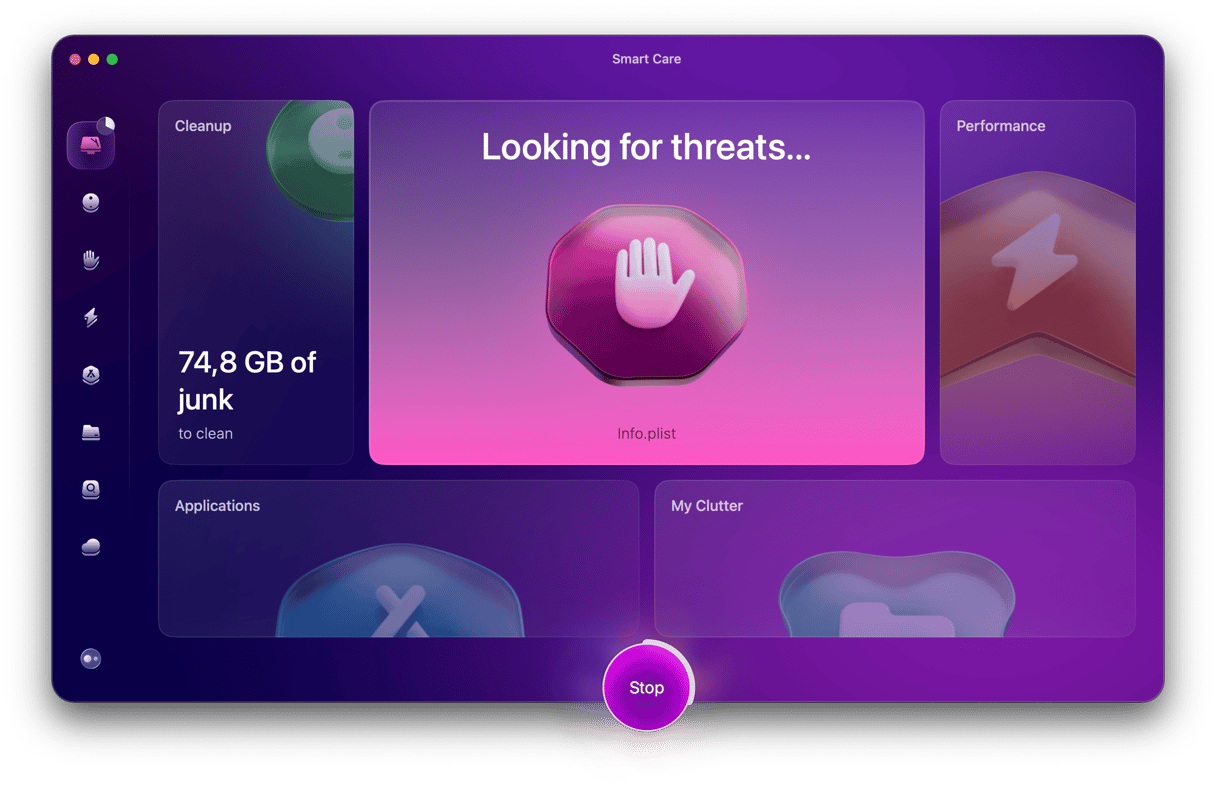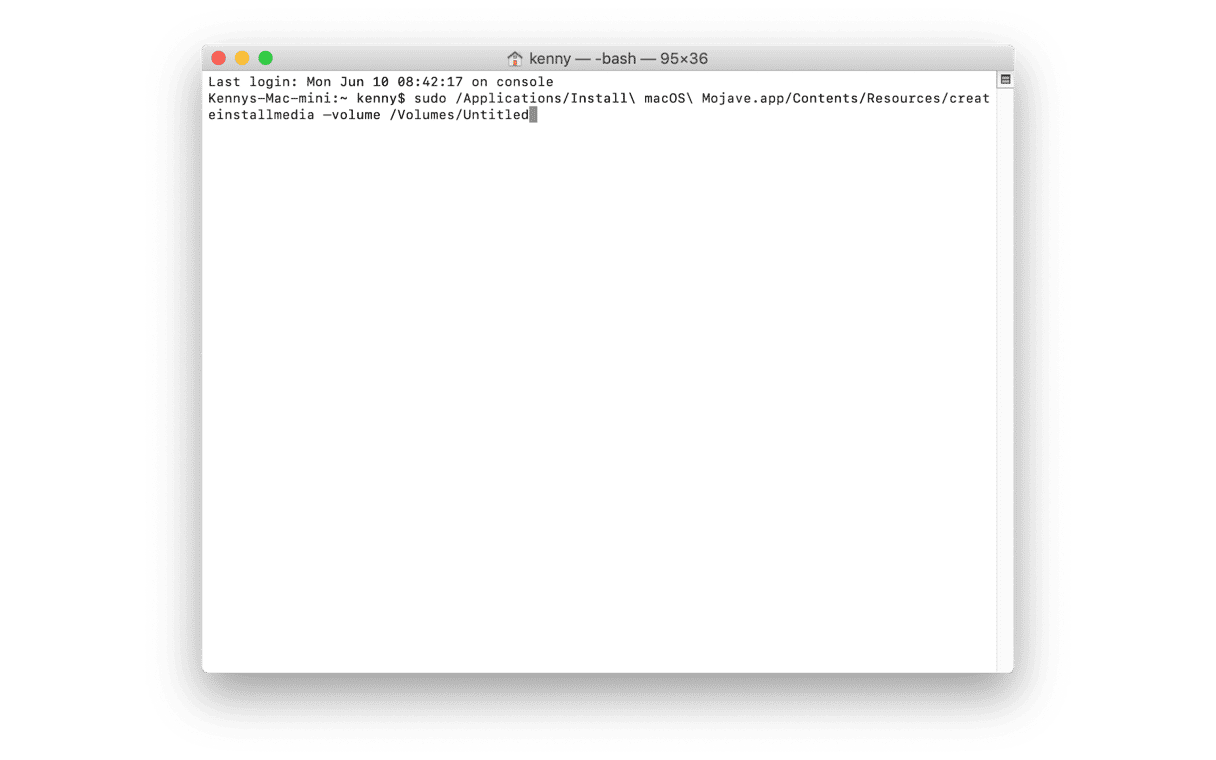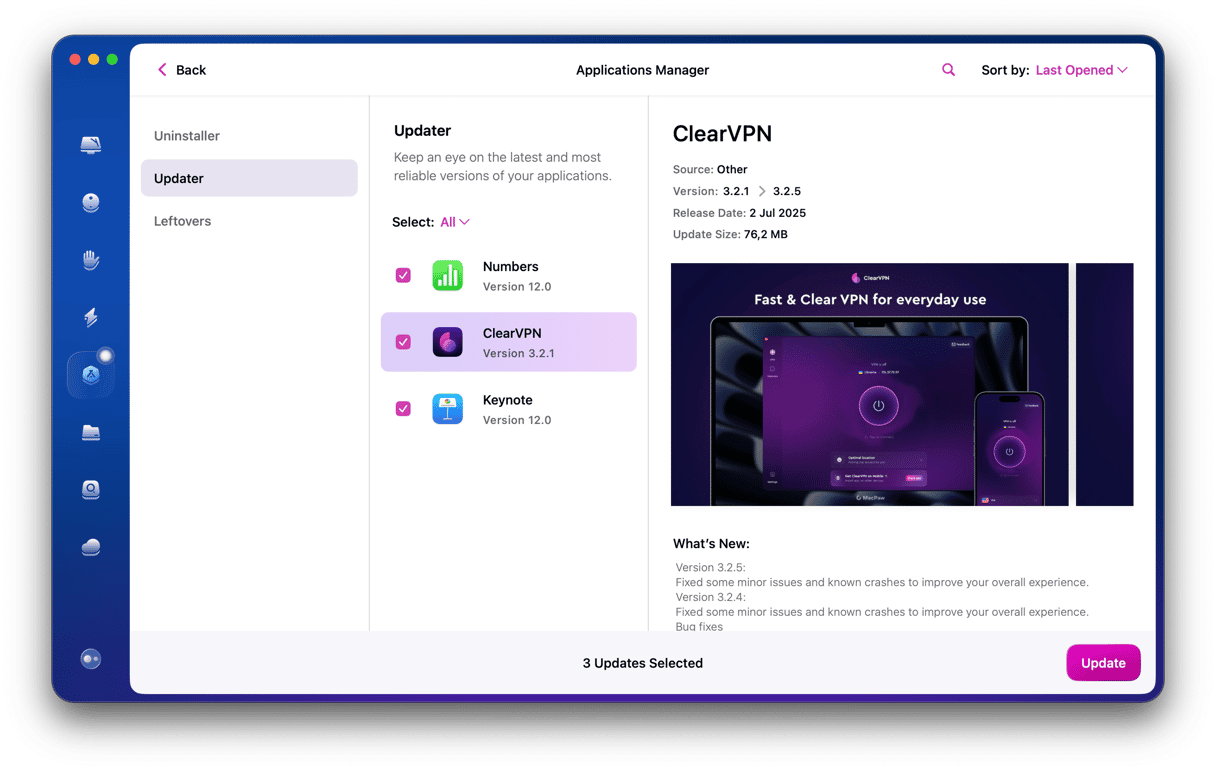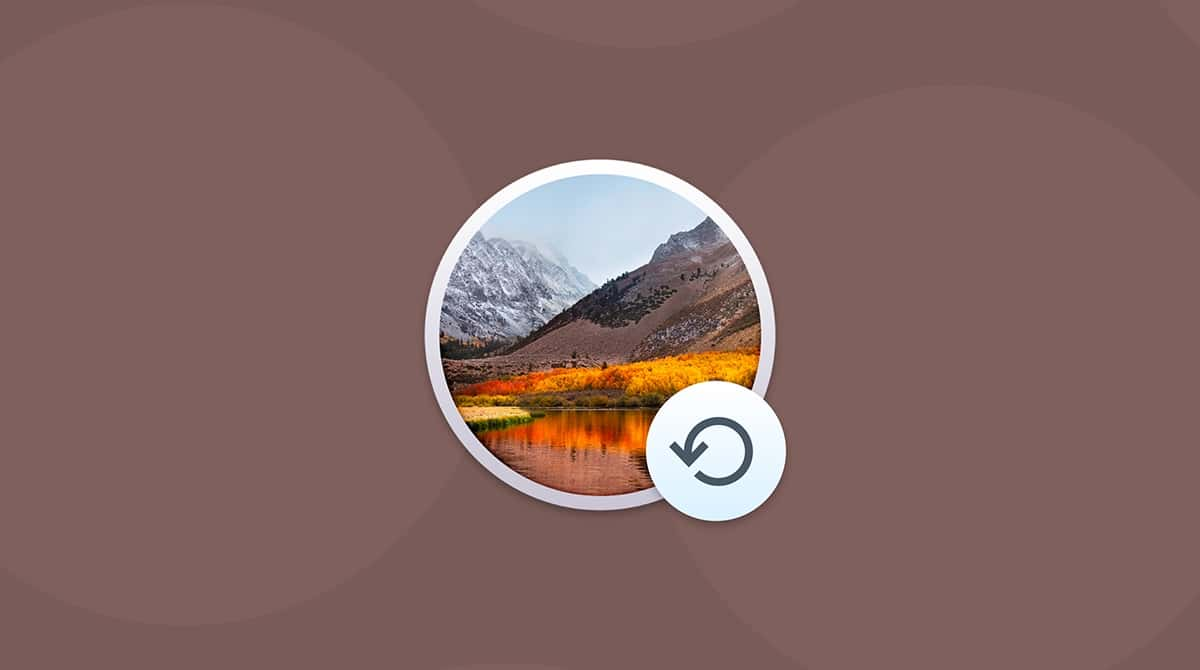macOS Catalina is a hugely exciting upgrade for the Mac. In some ways, it’s like having a completely new computer. You may have already taken the plunge and installed it, or maybe you’re waiting to see how it settles down before you install it. But whichever camp you’re in, it’s a good idea to create a bootable installer for macOS Catalina. That way, if anything goes badly wrong with your Mac, you’ll be able to boot from the installer and get going again quickly.
Why do I need a bootable installer for macOS Catalina?
There are a number of reasons for creating a bootable USB Mac installer.
- If you have more than one Mac, it allows you to install Catalina on all your other Macs without having to download it from the App Store each time.
- You may want to clean install Catalina, in which case you’ll completely wipe your startup disk and will need to boot from an external drive to do that.
- It’s good protection against a catastrophe striking your Mac’s startup disk, especially if you don’t have a stable internet connection. Normally, if you need to reinstall macOS, you can just boot from the recovery partition and do it from there. However, that means re-downloading the installer. So, if you don’t have an internet connection or it’s very slow, you need an alternative.

What should I use as a bootable installer?
You can use an external hard drive, an SSD, or a USB stick. Anything that has at least 16 GB of free space. You’ll need to create a new partition (or container if it’s formatted as AFPS) for the installer, so if you have data on it you need, you should copy it to another drive first.
How to create a bootable USB drive for macOS Catalina
Whoa! Not so fast. There’s one more thing you should do before you create the installer — clear out the junk on your Mac. Before you undertake any major task on your Mac, and especially before you install a new version of the operating system, you should clear out junk and old files you no longer need. We don’t normally recommend software tools, but in this case, the best way to clear out the clutter is to use CleanMyMac. It can scan your Mac at the press of a button, identify all the files you don’t need, and allow you to get rid of them with one more click. Here’s how to use it:

- Install and open CleanMyMac — free download here.
- Choose Smart Scan from the list of utilities in the sidebar.
- Click Scan.
- When it’s finished, click Run to delete files immediately or Review Details to see what it has found.
Once you’ve cleared out the clutter, you can go ahead and create your bootable installer. Here’s how:
- Open the App Store app and search for macOS Catalina.
- When the results appear, click on Catalina, then click ‘Get.’
- Wait for it to download. When it’s finished, the installer will launch. Quit it immediately.
The installer has now been saved in your Applications folder. You can go ahead and check if you like. You now have two options for creating the installer. If you’re comfortable with using Terminal, you can go ahead and jump to the instructions for that below. If you’d rather not use Terminal, there’s a neat utility called Diskmaker X that will do it for you. All you need to do is download and install it, and then, when you run it, point it to the macOS Catalina installer you just downloaded. There are full instructions on the download page.
How to create a bootable installer using Terminal

- Plug the USB stick, hard drive, or SSD into your Mac.
- Go to Applications > Utilities and double-click Disk Utility to open it.
- Select the disk you want to use for the installer and choose the Erase tab.
- Choose APFS or Mac OS Extended (Journaled) as the format and choose GUID partition map from the options if it’s available.
- Give the disk a name and click Erase.
- When it’s finished, quit Disk Utility.
- Go to Applications > Utilities and double-click Terminal to open it.
- Type:
sudo /Applications/Install\ macOS\ Catalina.app/Contents/Resources/createinstallmedia --volume /Volumes/MyVolumewhere ‘MyVolume’ is the name of your USB stick or external hard drive. - Click Return and wait for the word Done to appear in Terminal.
- Quit Terminal
You now have a macOS Catalina installer on an external disk or USB stick. Eject it, unplug it, and keep it safe. You can use it to install Catalina on any Mac that supports it.
One more step: update applications
Once you’ve used your new installer to install Catalina on a Mac, it’s a good idea to update all your applications so that they are compatible with your new macOS. You can do this manually from the App Store and by launching non-App Store apps and choosing check for updates, but that’s a long and tedious process. It’s much quicker and easier to use the updates in CleanMyMac. Here’s how you do it.
- Open CleanMyMac.
- Select the Updater tool in the Applications section.
- Click Select All.
- Click Update.

And that’s it. You’re done. CleanMyMac checks all your installed apps for updates and then updates them all.
Creating a bootable installer for macOS Catalina isn’t difficult. If you have a spare disk or USB stick and are comfortable using Terminal, you can do it right away. If you’d rather not use Terminal, use the Diskmaker X tool described above. Whichever method you use, make sure you use CleanMyMac to clear out the junk on your Mac before you start, and use it again to update your applications when you’ve finished.







